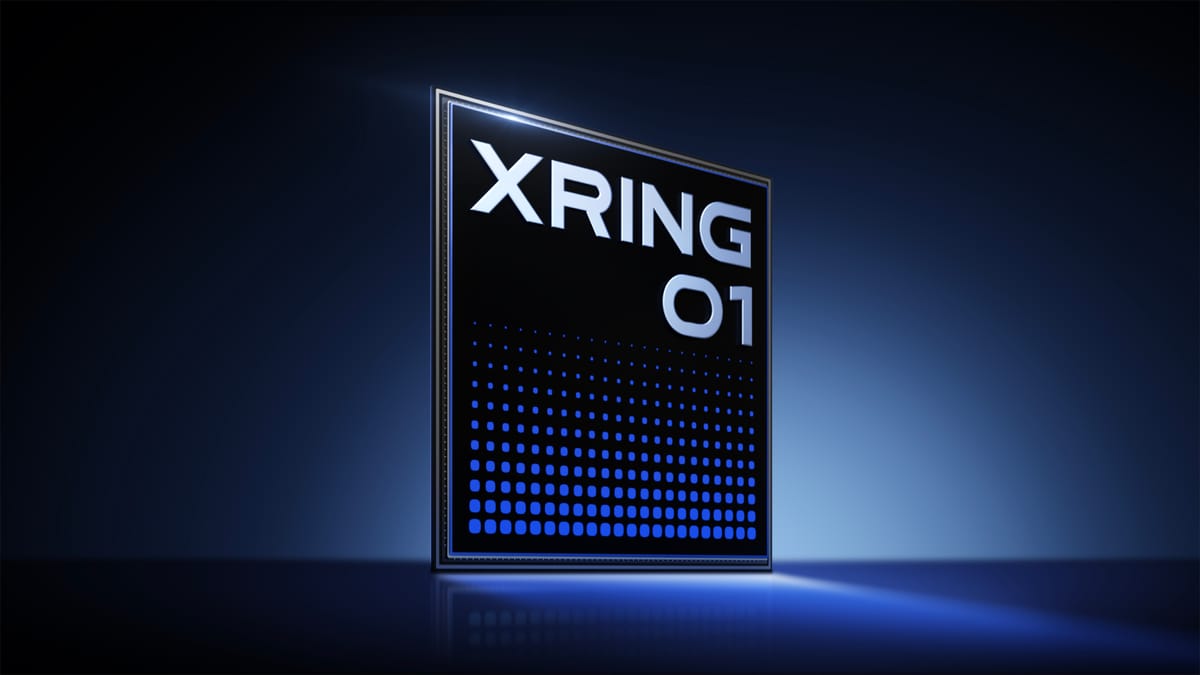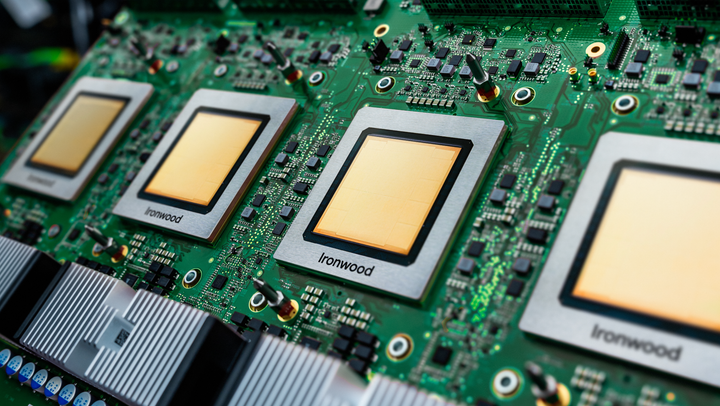Xiaomi Releases Snapdragon Rival Chip
Built on a second-generation 3nm process, the 10-core chip features two Cortex-X925 cores at 3.9GHz and a 16-core Immortalis-G925 GPU

Xiaomi has introduced its first in-house flagship chipset, the Xring O1, signaling a major step toward independence from Qualcomm.
Built on a second-generation 3nm process, the 10-core chip features two Cortex-X925 cores at 3.9GHz and a 16-core Immortalis-G925 GPU—comparable to MediaTek’s and Qualcomm’s top offerings.
Xiaomi claims an AnTuTu score exceeding three million, suggesting strong performance and efficiency.
However, independent tests showed a 13% lower result—2,613,424. In the same benchmark, both the Snapdragon 8 Elite and Dimensity 9400 outperformed it, raising concerns about real-world performance versus Xiaomi’s promotional claims.
The chip powers the new 15S Pro smartphone, a refined version of last year’s 15 Pro, now in a carbon fiber design, and the Pad 7 Ultra—a sleek 14-inch OLED tablet just 5.1mm thick with a 12,000mAh battery.
Xiaomi also unveiled the Xring T1, a smartwatch chip with 4G capabilities, debuting in the new eSIM Watch S4.
These launches show Xiaomi’s broader ambitions to control its hardware ecosystem.
However, recently, Xiaomi and Qualcomm have renewed their long-standing partnership, celebrating 15 years of collaboration in tech innovation.
Under the new agreement, Xiaomi will continue to use Qualcomm’s Snapdragon 8-series chips in upcoming flagship smartphones across multiple generations.
The alliance also extends to automotive, smart home, wearable, and AR/VR technologies.
![[Exclusive] Meta in Discussions to Tap Google Cloud’s TPUs Amid Billion-Dollar AI Push](/content/images/size/w720/2025/10/-Exclusive--Meta-in-Discussions-to-Tap-Google-Cloud---s-TPU-Chips-Amid-Billion-Dollar-AI-Push.jpg)


Comments ()